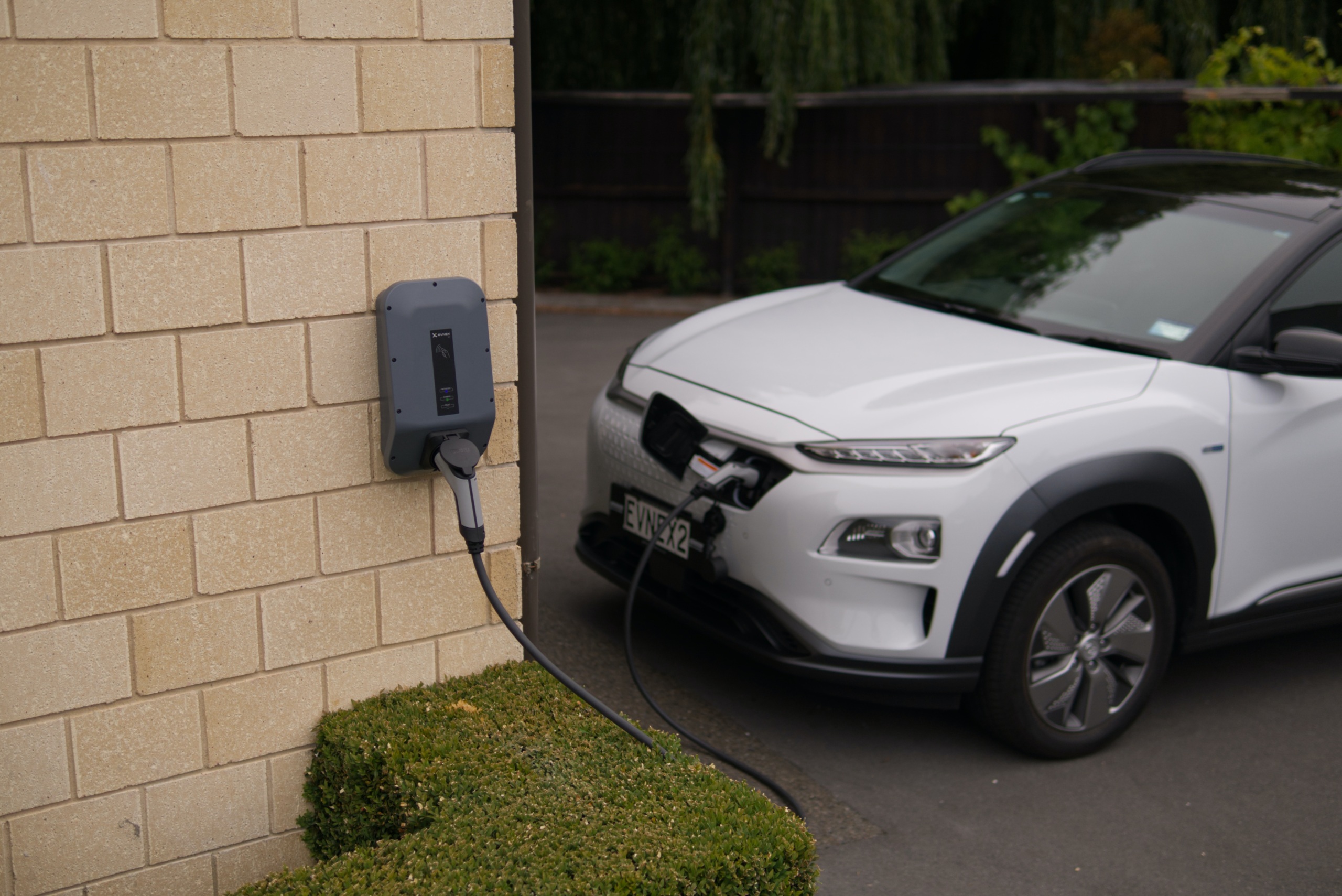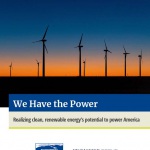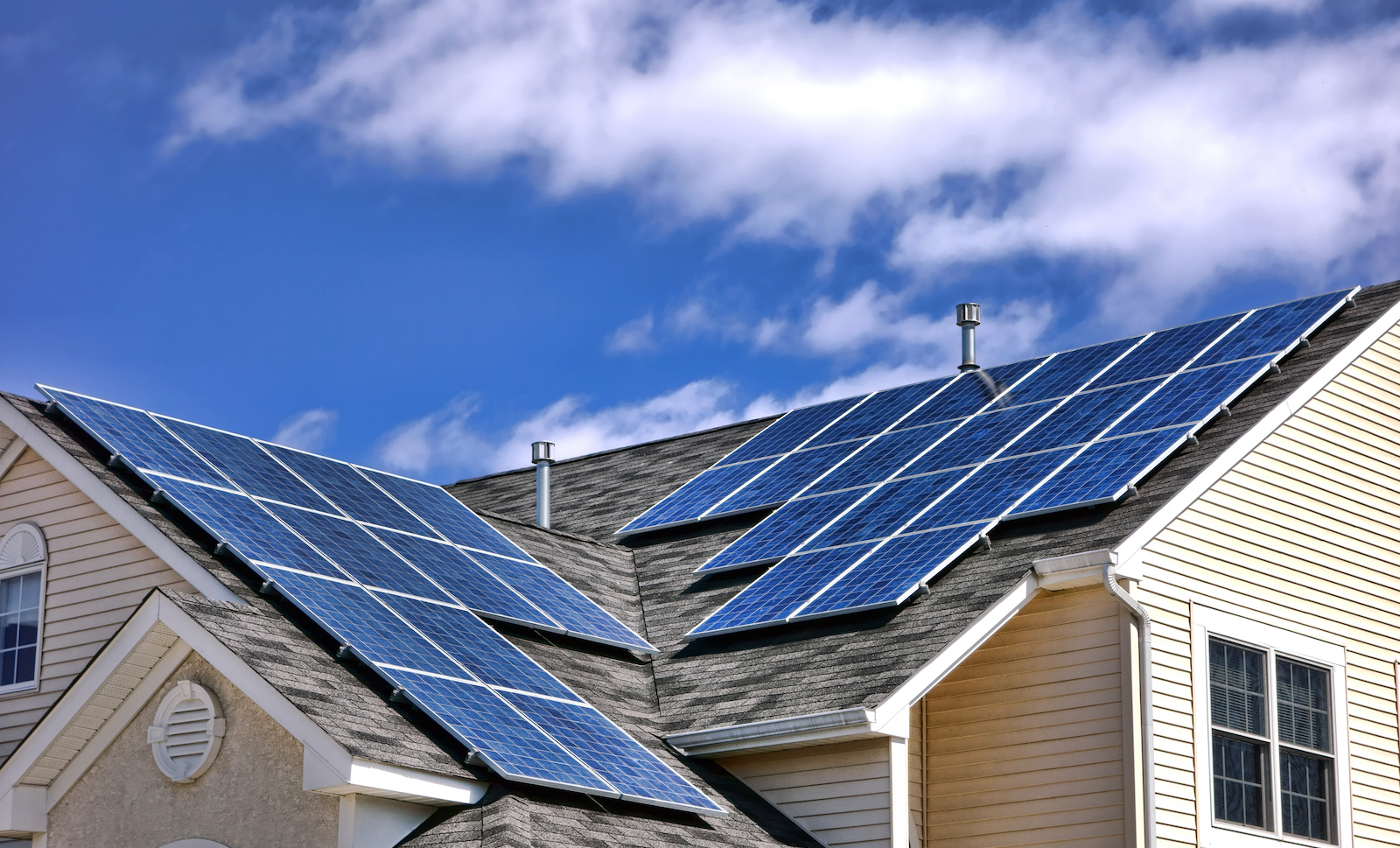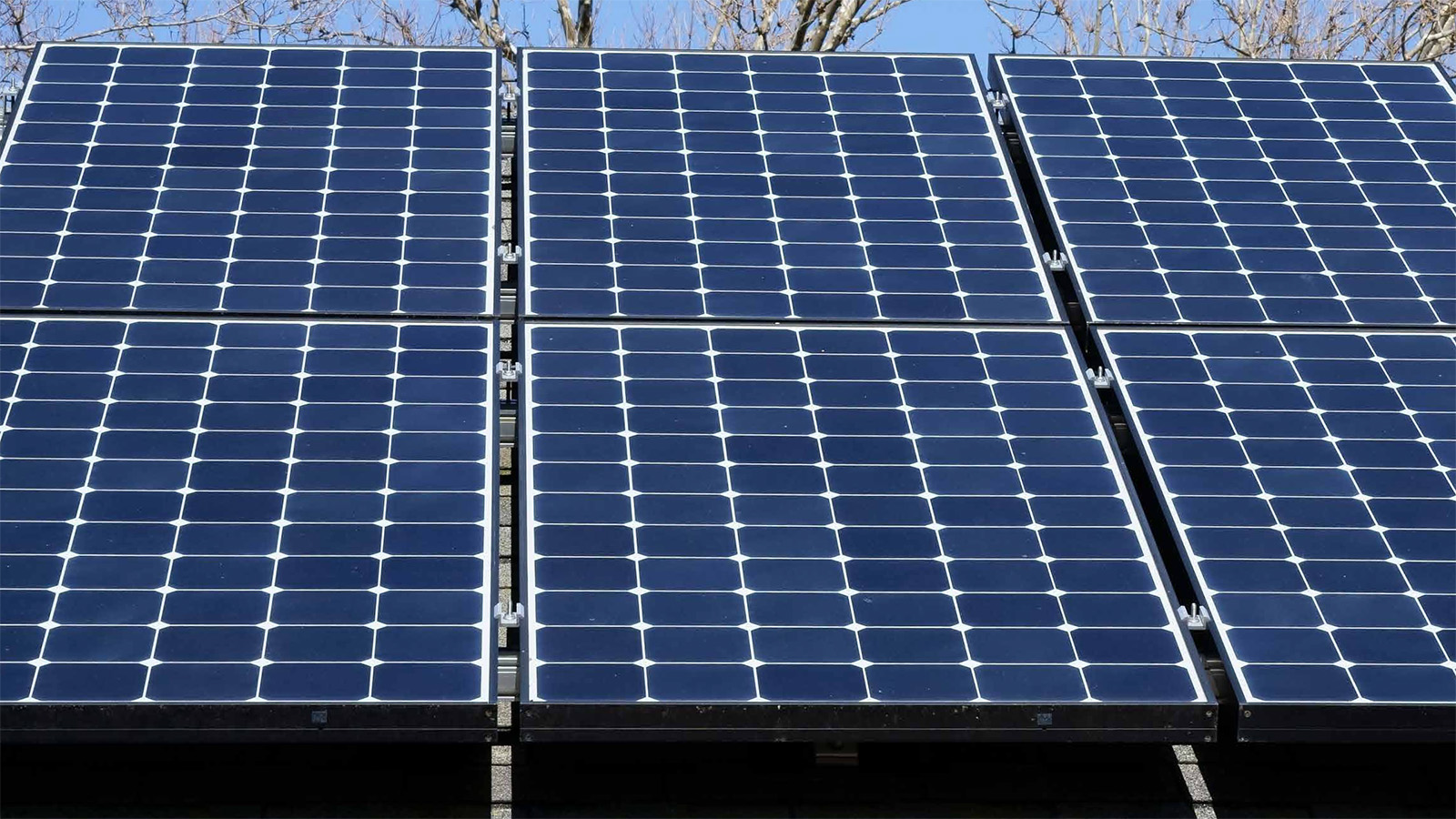
We Have the Power
Realizing clean, renewable energy's potential to power America
It is time for America to move beyond fossil fuels. Coal, oil and gas are responsible for a rapidly warming planet, for hundreds of thousands of deaths in the U.S. each year from air pollution, and for untold environmental damage. A shift to emission-free energy from the wind, sun and other renewable sources can solve many of America’s most pressing environmental and public health challenges.
America has the power to build an energy system in which our energy comes from clean, renewable sources like the wind and sun. There are many potential paths America can take to build on our abundant clean energy potential and help America rapidly achieve a renewable energy system.
Downloads
Environment California Research and Policy Center

It is time for America to move beyond fossil fuels. Coal, oil and gas are responsible for a rapidly warming planet, for hundreds of thousands of deaths in the U.S. each year from air pollution, and for untold environmental damage. A shift to emission-free energy from the wind, sun and other renewable sources can solve many of America’s most pressing environmental and public health challenges.
America has the power to build an energy system in which our energy comes from clean, renewable sources like the wind and sun. There are many potential paths America can take to build on our abundant clean energy potential and help America rapidly achieve a renewable energy system.
Policymakers at the local, state and federal level should make concrete commitments to move toward 100% clean and renewable energy by 2050 at the latest. By doing so, they will be building on the example set by seven states and more than 170 cities around the United States that have committed to clean electricity or clean energy.
Renewable energy has tremendous promise as a tool to fight climate change, clean our air, and safeguard our environment.
-
Pollution from burning fossil fuels is estimated to be responsible for more than one in 10 deaths in the United States each year – more than 350,000 total deaths in 2018.
-
Oil, coal and gas are responsible for 80%of all U.S. greenhouse gas emissions. Fossil fuels harm the climate when we burn them for energy and as a result of methane leaks that occur during mining, distribution and other parts of the fossil fuel life cycle.
-
Research shows that, even considering the life-cycle impacts of manufacturing and installing solar panels and wind turbines, a rapid transition to emission-free renewable energy would create a vastly cleaner, healthier, and more sustainable nation.
America has abundant renewable energy resources capable of powering the nation. Data from the National Renewable Energy Laboratory (NREL) shows that America has access to enough sun and wind to power the nation many times over.
-
America’s solar energy resources – counting just utility-scale and rooftop PV – have the technical potential to produce 284 million GWh of electricity each year, equivalent to 78 times U.S. electricity use in 2020. And America’s wind power resources, both onshore and offshore, have the technical potential to produce 40 million GWh of electricity each year, equivalent to 11 times U.S. electricity use in 2020.
-
Every single state has either the wind or solar technical potential to power that state’s current electricity use at least once over. Eighteen states have the solar resources to power current electricity needs 100 times over, and five states have the wind resources to do so.
-
Every single state other than Connecticut has either enough wind or solar technical potential to provide all of its electricity needs under a 2050 scenario in which transportation, buildings and other applications have largely been made to run on electricity.
Renewable energy can power our society 24/7/365. Research from academic and government sources has described many viable pathways by which America can meet our energy needs 24 hours a day, 365 days a year while relying mostly or entirely on renewable energy. While researchers have disagreements on the best or most economical way to build a renewable energy system, there is broad agreement that an energy system largely powered by renewable sources is feasible.
-
A 2019 article from the journal Energy reviewed 181 studies from around the world assessing the concept of 100% renewable electricity or total energy systems. The article concluded that “[t]he majority of the reviewed studies find that 100% [renewable energy] is possible from a technical perspective, while only few publications argue against this.”
-
Researchers have largely concluded that the technology we need for a renewable future is already available. As one study from Nature Communications put it, “currently available generation and storage technologies are sufficient for nearly 100% power system operation.” And from another study from Renewable and Sustainable Energy Reviews: “The technologies required for renewable scenarios are not just tried-and-tested, but also proven at a large scale.”
-
NREL has used sophisticated modeling to simulate electric grids running on high levels of renewable energy. In its most recent study, focused on Los Angeles, NREL concluded that “[r]eliable, 100% renewable electricity is achievable — and, if coupled with electrification of other sectors, provides significant greenhouse gas, air quality, and public health benefits.”
-
Researchers have identified key strategies that can help the U.S. achieve a largely renewable energy system in the shortest time and at the lowest cost. Such strategies include investing in transmission infrastructure to send solar or wind energy across the country to where it is needed, and building sufficient wind and solar power capacity to reduce the amount of storage needed for periods of lower power output.
The keys to a 100% renewable future are within reach. The nation has ample potential to move forward rapidly in four key areas essential to a renewable energy future: building out renewable energy; modernizing the grid; reducing and managing energy use; and repowering our economy to take full advantage of clean energy.
Read our full report for more about how we can overcome obstacles to get to 100%.
Topics
Find Out More


Solar panels: How federal tax credits can help you pay for them

Recording of Rooftop Solar on the Rise webinar

